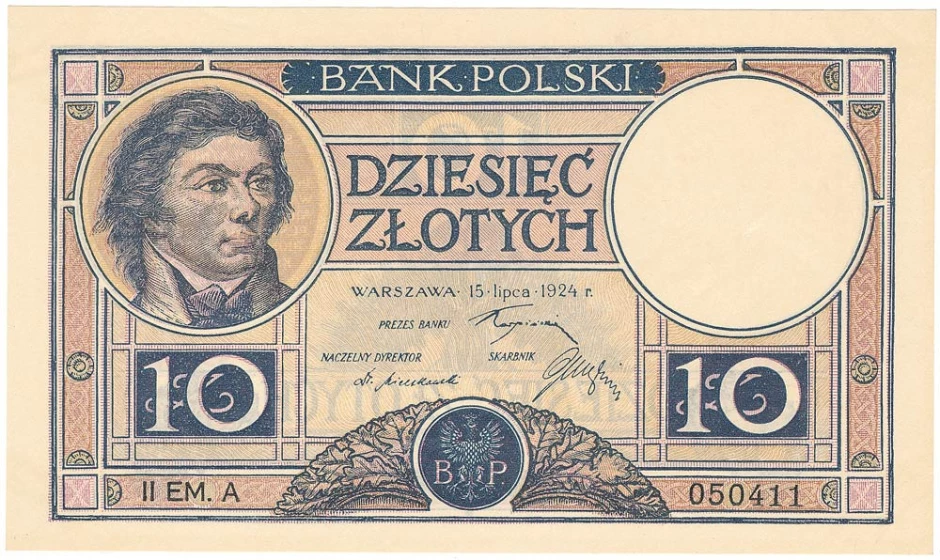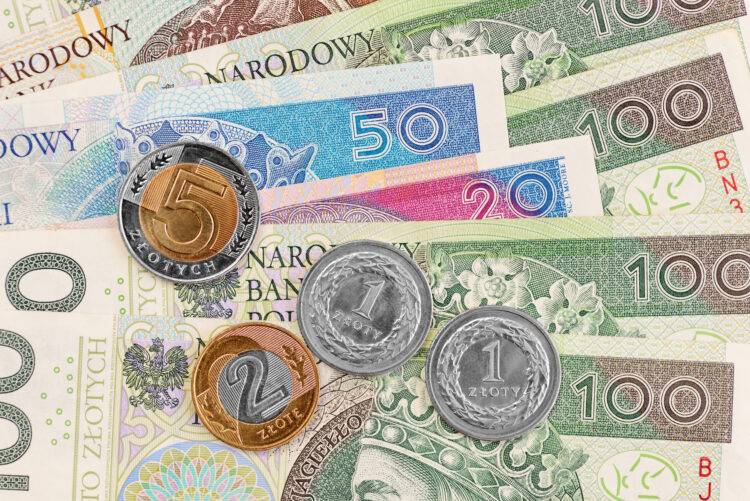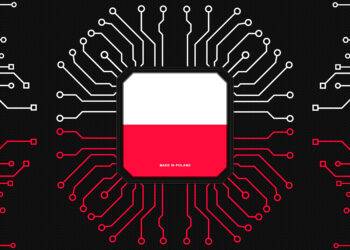In 2024, Poland celebrates a significant milestone in its economic history—the 100th anniversary of the introduction of the Polish złoty. A currency that has endured through immense political and economic upheavals, the złoty not only symbolizes Poland’s sovereignty but also its resilience and adaptability. This article explores the intricate backstory of the złoty’s creation, its evolution over the past century, and the role it has played in shaping modern Poland.
29th April 1924 marked a crucial turning point for Poland. Emerging from the tumults of World War I and the rebirth of the nation in 1918 after 123 years of partitions, Poland faced the immense challenge of stabilizing its economy. The early years of independence were characterized by hyperinflation and a confusing mixture of currencies circulating within its newly established borders. It was in this context that the Polish złoty was introduced, aiming to unify the national economy under a single currency and restore financial order.
The decision to implement the złoty was part of broader efforts by the Polish government to consolidate its economy and foster a sense of national identity. The term “złoty,” which means “golden” in Polish, was a nod to the historical currency used in the Kingdom of Poland between the 14th and 19th centuries. This historical reference was meant to inspire a connection to Poland’s golden age, instilling a sense of pride and continuity among the populace.
The Design and Symbolism of Early Złoty Notes
The initial design of the złoty notes was entrusted to prominent Polish artists of the time, who were tasked with creating a currency that reflected Poland’s national heritage and sovereignty. The early banknotes were adorned with images of Polish kings, national heroes, and iconic landmarks, serving not only as legal tender but also as symbols of Poland’s rich history and culture. These designs played a crucial role in reinforcing national identity and unity, which were crucial in the nation’s fragile early days of independence.

One of the most notable features of these banknotes was their intricate security features, which were quite advanced for the era. These included watermarks, complex engravings, and specific color palettes that were difficult to counterfeit. The attention to detail in these security features underscored the seriousness with which the Polish state approached the project of national currency stabilization.
The Złoty Through Wars and Economic Shifts
The history of the złoty is also a reflection of Poland’s turbulent 20th century, marked by occupation, war, and shifting political landscapes. During World War II, the złoty continued to circulate, albeit under strict regulations imposed by occupying forces. The post-war era saw the re-establishment of the złoty, but this time under the communist regime, which pegged the currency to the Soviet ruble and closed off the economy from global markets.
The fall of communism in 1989 ushered in a new era for the złoty. The transition to a market economy involved a radical transformation of Poland’s financial system, including a significant redenomination of the złoty in 1995. This move was symbolic of Poland’s break from its communist past and its steps towards integrating with the global economy. The introduction of the new złoty (PLN), which was pegged initially to a basket of currencies and later allowed to float freely, marked the beginning of modern financial policies in Poland.
Navigating the 21st Century: The Euro Debate
As Poland entered the 21st century, debates around adopting the Euro gained momentum. While some argued that joining the Eurozone would signify Poland’s full integration into the European core, others contended that maintaining the złoty allowed for greater control over the country’s monetary policy, particularly important in navigating global economic crises like that of 2008. As of now, Poland continues to use the złoty, which remains a symbol of national pride and economic independence.
The centennial of the złoty in 2024 is not just a time for reflection but also celebration. Poland’s National Bank plans to issue commemorative coins and banknotes to mark the occasion, celebrating the złoty’s journey through the century. These collectibles will likely feature designs that reflect Poland’s economic milestones and the iconic figures that have shaped its history.
As we celebrate the 100th anniversary of the Polish złoty, we are reminded of the currency’s resilience and the pivotal role it has played in the nation’s history. From stabilizing the economy in the tumultuous early days of independence to becoming a symbol of sovereignty and cultural identity, the złoty has been integral to Poland’s


















